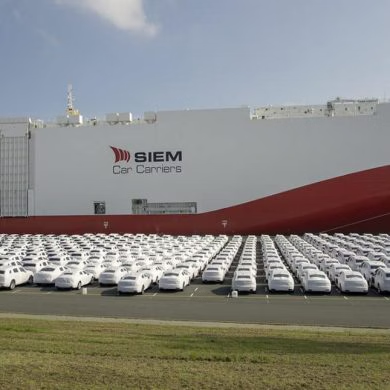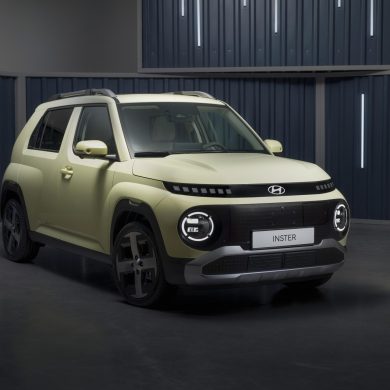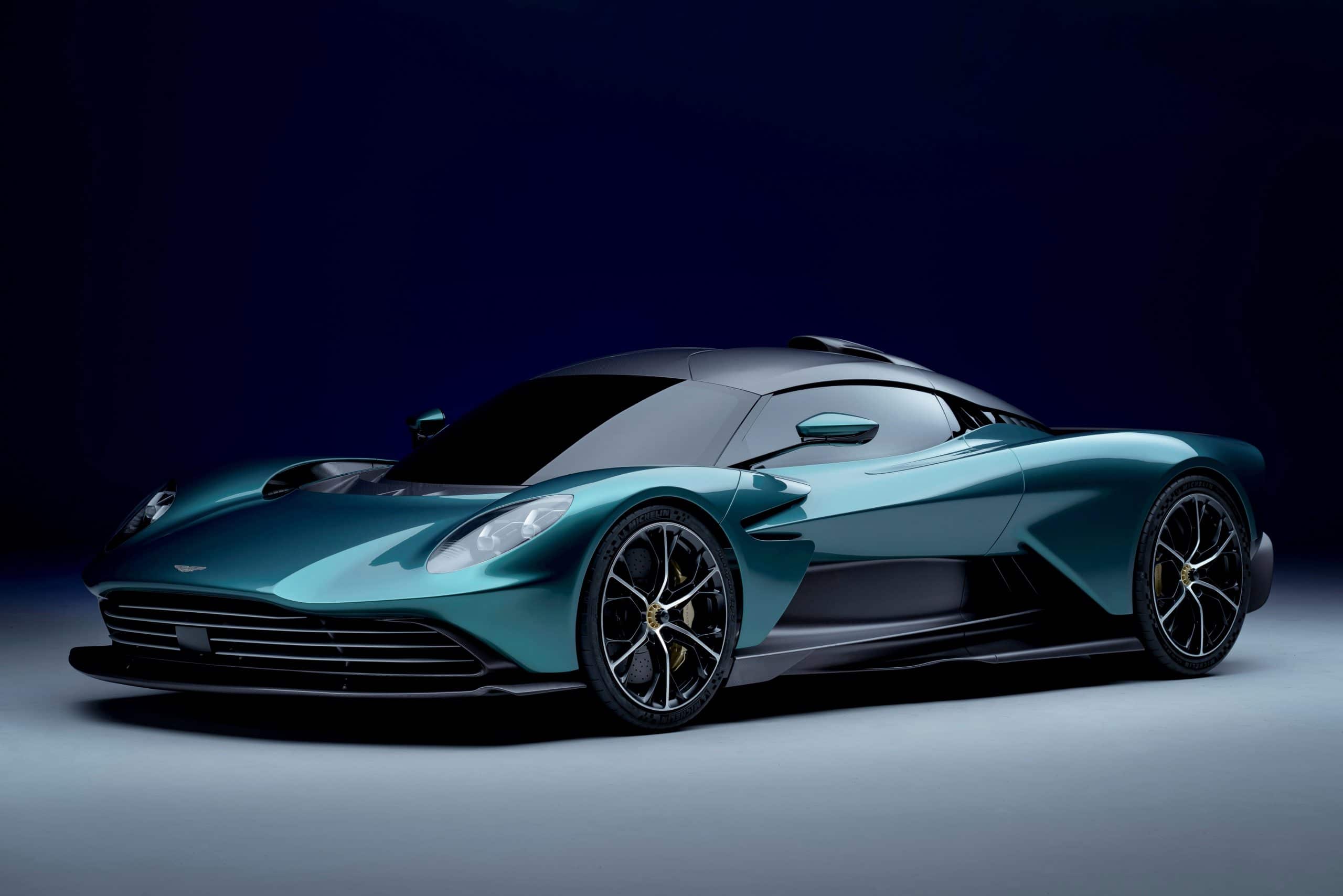
Really, when we hear the name Aston Martin, what comes to mind? A GT like the DB11? A sports car with grand touring DNA like the Vantage? We certainly don't think of a centrifugal supercar though. At least, so far. That's about to change with the new Valhalla, with the arrival of which Aston Martin is ushering in a new era and opening a new chapter in its history and model range.
The Valhalla is the newest member of Aston Martin's strategic 'Project Horizon' model range, with which Aston Martin wants a piece of the pie from Ferrari, Lamborghini and McLaren in the supercar world. Its similarity to its older sister, Valkyrie, potentially creates some confusion as to the relationship between the two. According to Aston Martin, the Valhalla focuses on being a driver-centric, comfort-oriented supercar that follows the times with a hybrid powertrain, while the Valkyrie, belongs to the British company's hypercar category, and focuses on modernizing traditional techniques and approaches, such as its 12-cylinder atmospheric powertrain, which it developed in collaboration with Cosworth.
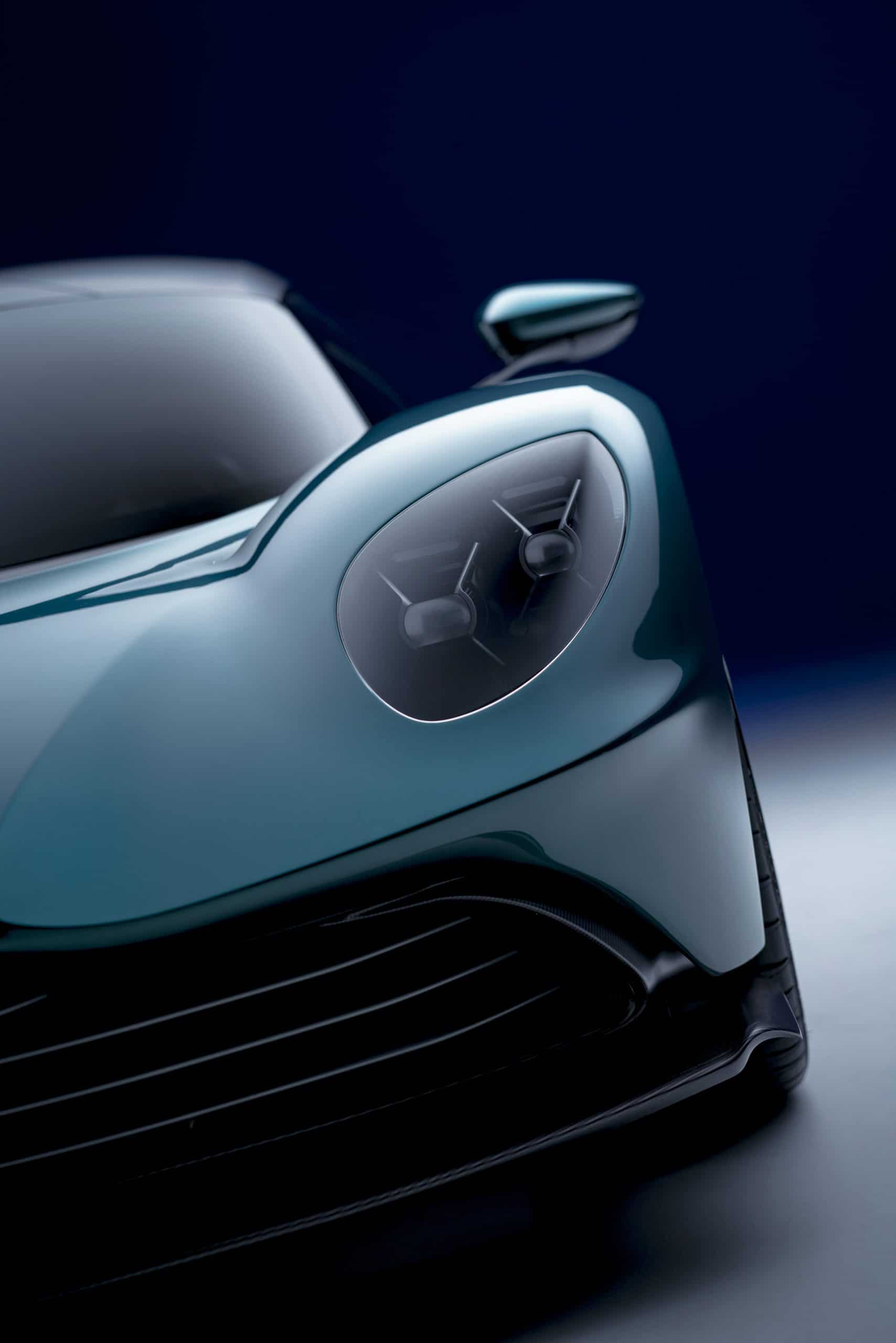
At the moment, the Valhalla we see in the pictures is a shell car, a car that is almost identical to the final car, just without the interior and mechanical parts. According to Aston Martin, the Valhalla as we see it in the images will be 95% identical to the car that will receive homologation, with the tweaks mainly limited to minor details in order to receive homologation in all markets around the world. The Valhalla, is strongly based on the technology and expertise that Aston Martin has gained from its participation in Formula 1, but also from what it gains from its wider collaboration with Mercedes-AMG. Aston Martin states that "the Valhalla is a true next-generation Aston Martin, a road-going racer designed around the driver, for the driver and built to deliver maximum driving pleasure". You might say that this statement was written by the marketing department, but from what we'll see below, it's anything but based on exactly what the company's engineers created.
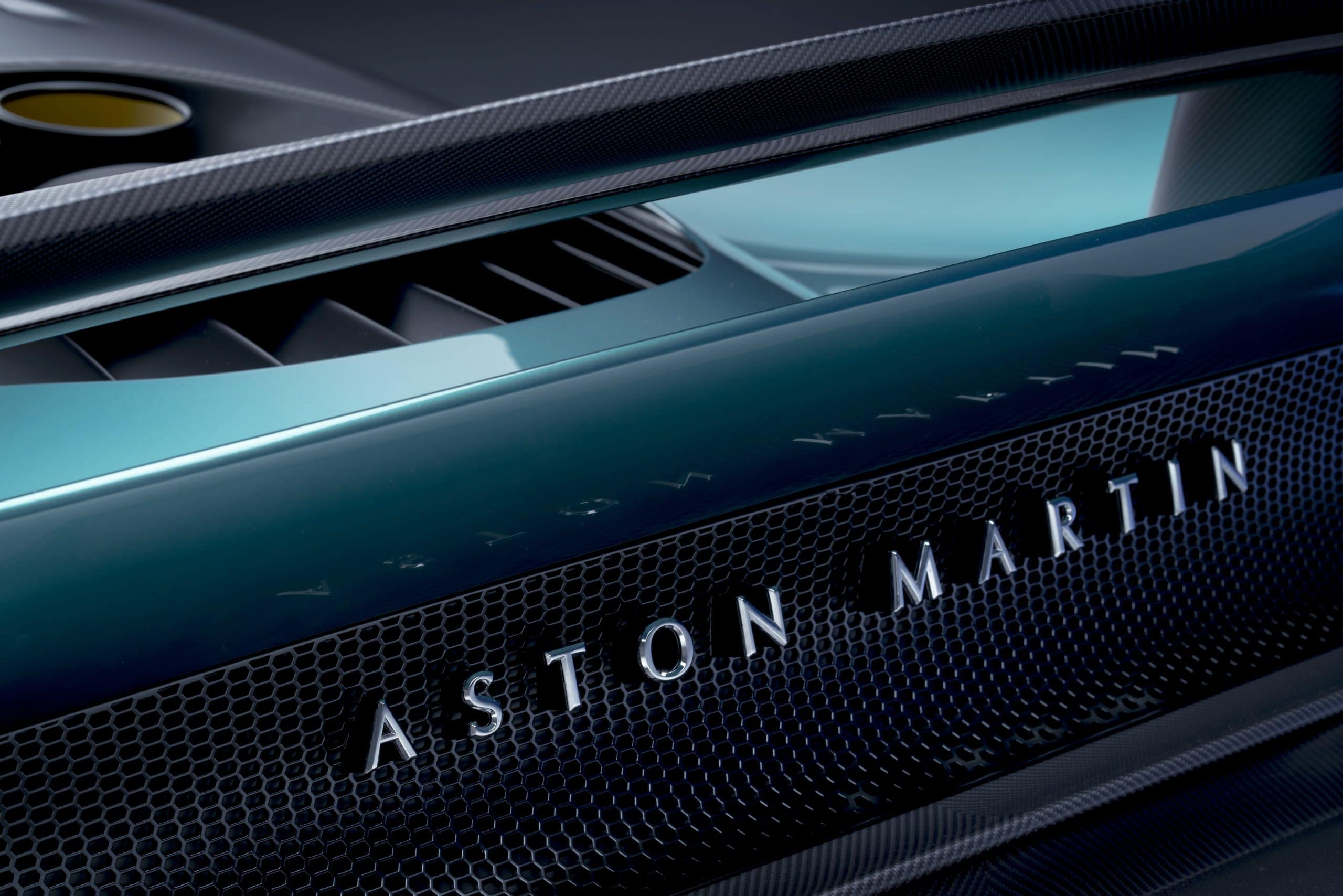
The Valhalla, drawing inspiration from its big sister, Valkyrie, however, comes to "play" in the category of hybrid hypercars around 1000 hp, namely in the category of Ferrari SF90, the upcoming successor to the McLaren 720S and the corresponding new Lamborghini, which the Italians seem to have started to develop. But let's see more details, regarding how Valhalla is trying to achieve this.
The Heart of Valhalla
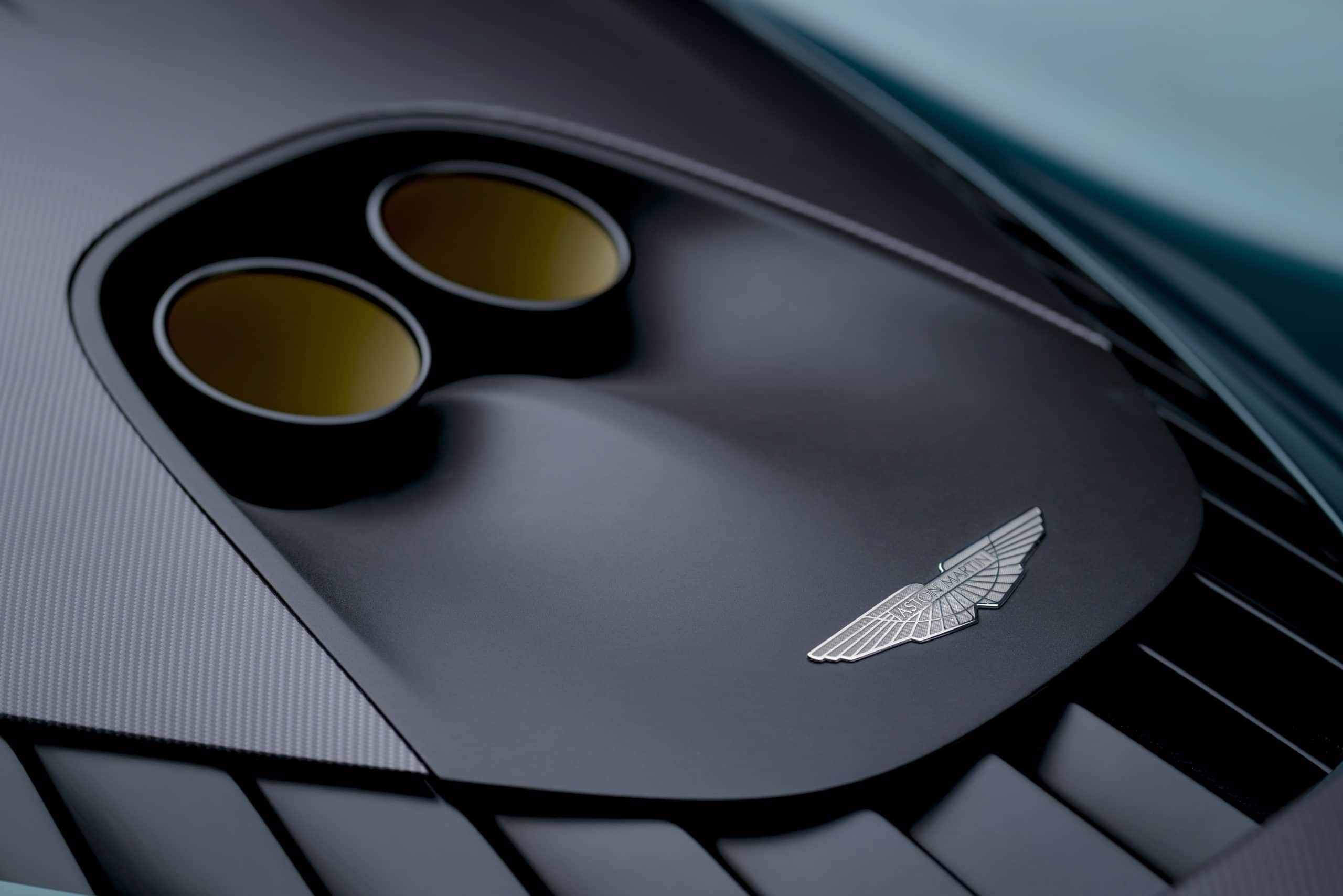
We could only start from its heart, the engine. Specifically, the first of the three it has in total. The internal combustion engine, is a 4-liter, flat-plane crank V8, with an output of 750 horsepower and a cutter at 7200 rpm, making it the most powerful and responsive V8 the Brits have ever put in a model. Personal guess, they put the AMG GT Black Series V8 in as is, but that remains to be seen in the future, especially after we hear it. Aston Martin, decided to use a titanium exhaust system, both to achieve the desired sound and to keep the weight down. Following the formula started by Porsche with the 918 Spyder, Aston Martin placed the exhausts on top of the engine, making the sound both more intense and giving a "show" in the dark, where one can see the flames, during intense driving.
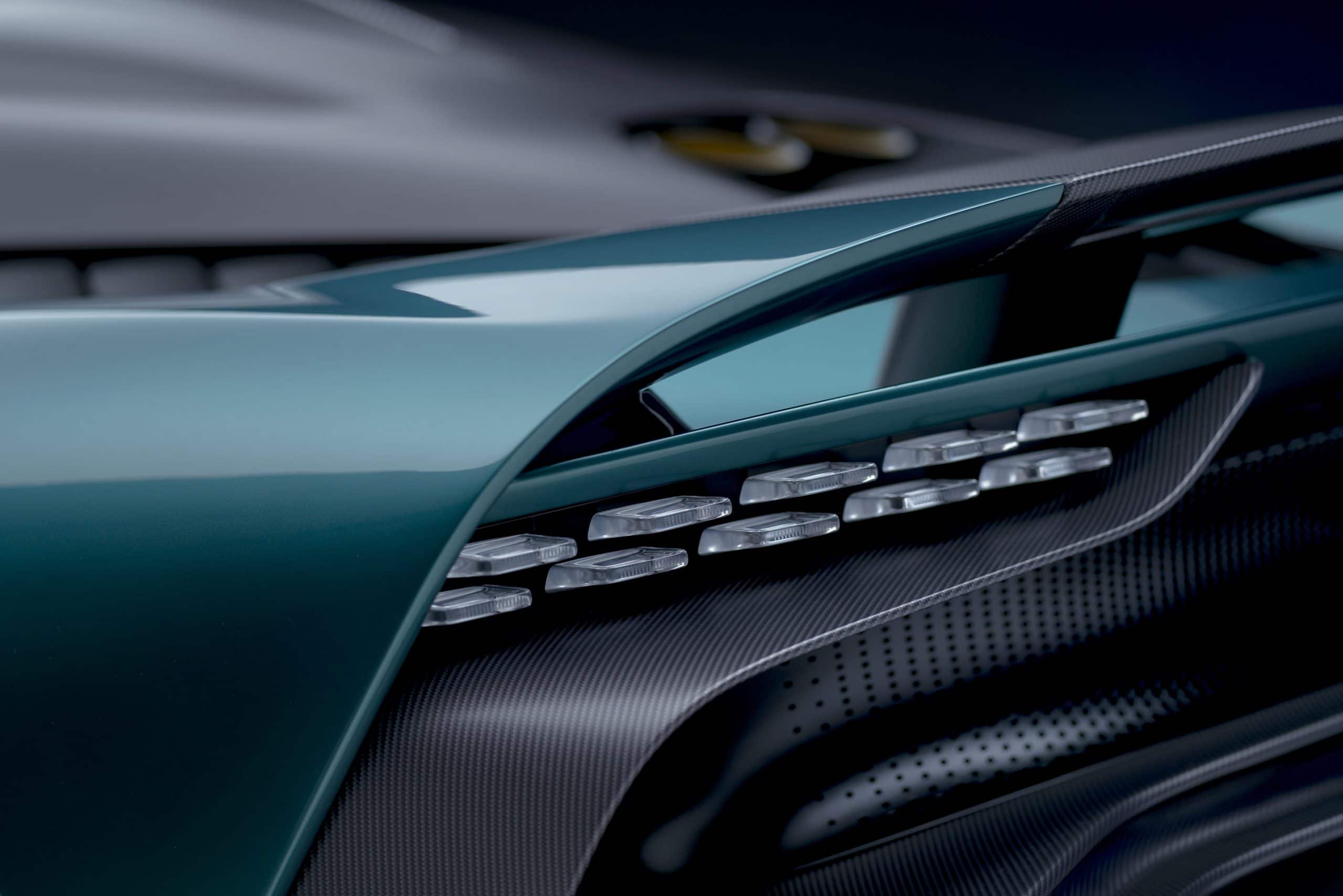
Supporting the internal combustion engine, Valhalla brings 2 electric motors, one on each axle, with a 400Volt hybrid system with a total output of 204 hp, giving a final total of 950 hp combined. When driven in all-electric mode, the Valhalla is purely front-wheel drive with a range of 15 kilometers and a top speed of 130 km/h. In the other settings, Valhalla constantly adjusts the distribution of the electric motors' power to the two axles, and has the option to send both, 100% of their power to the rear axle, supporting the V8 to the maximum extent possible. The magic of hybrid technology, however, lies in the staggering numbers it generates. Less than 200 grams in terms of emissions, 0-100 in 2.5 seconds, a top speed of 330 km/h and a target time for the Nurburgring of under 6:30.
The mechanical set is complemented by the new dual-clutch automatic transmission with 8 gears, specially designed for the Valhalla, which has only 8 forward gears, as the electric motors drive it in reverse, thus reducing weight, working in harmony with the hybrid set and able to transfer 1000 Nm of torque to the tarmac,
Frame, Suspension & Brakes
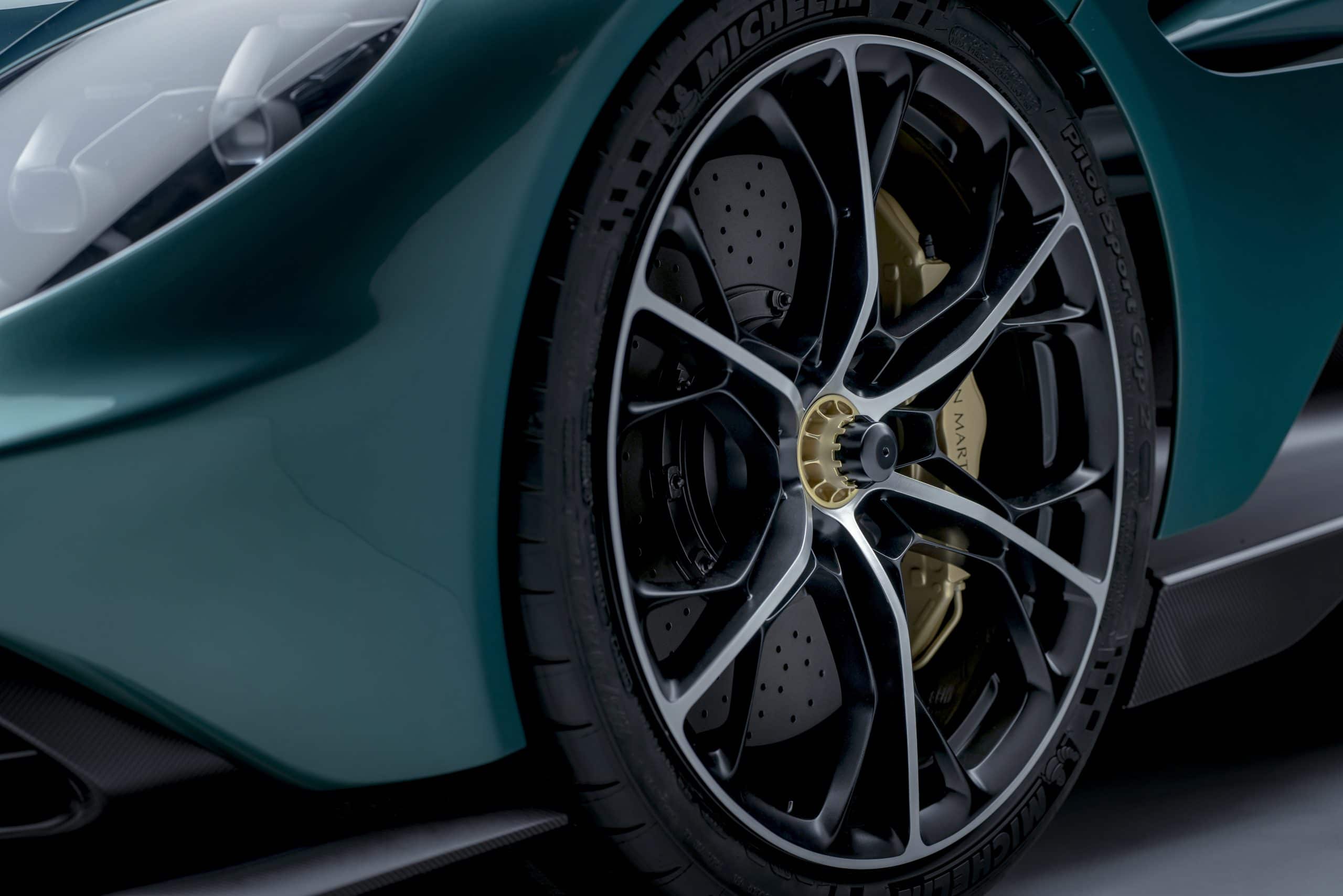
The Valhalla's chassis is made from carbon fibre, inspired by Aston Martin's Formula 1 experience, with the front suspension setup being a push-rod arrangement, reducing the unsprung mass of the system, improving the Valhalla's handling. At the rear, the suspension is multi-link.
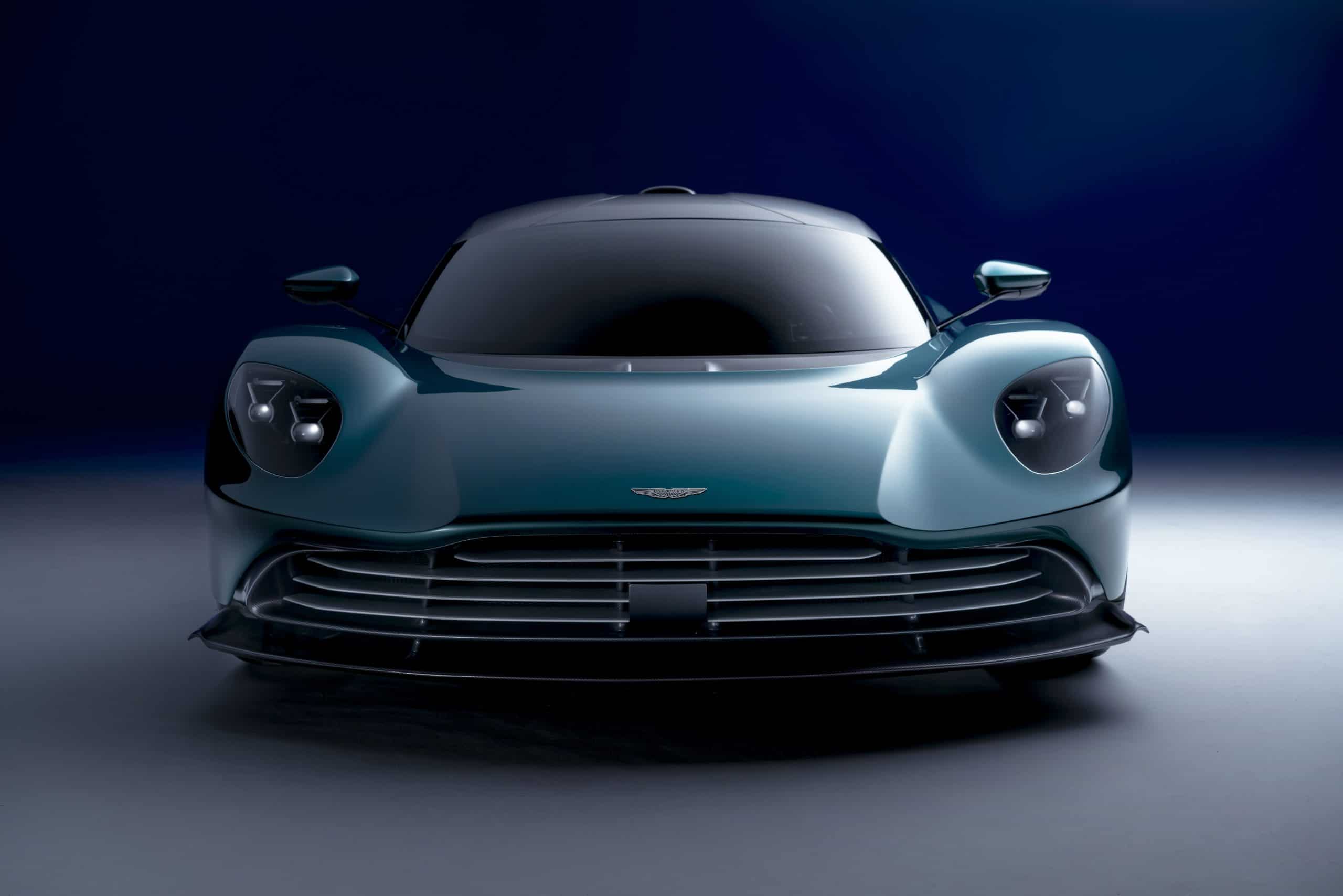
Valhalla uses a Multimatic shock absorber system with adjustable stiffness, ensuring a balance between performance and comfort, depending on the environment in which it is driven. In Track mode, the Valhalla is lowered considerably, allowing its aerodynamics to work even more efficiently and increasing the overall vertical aerodynamic load, while the lift on the front axle ensures it can climb even the most difficult (for a supercar) gradients.
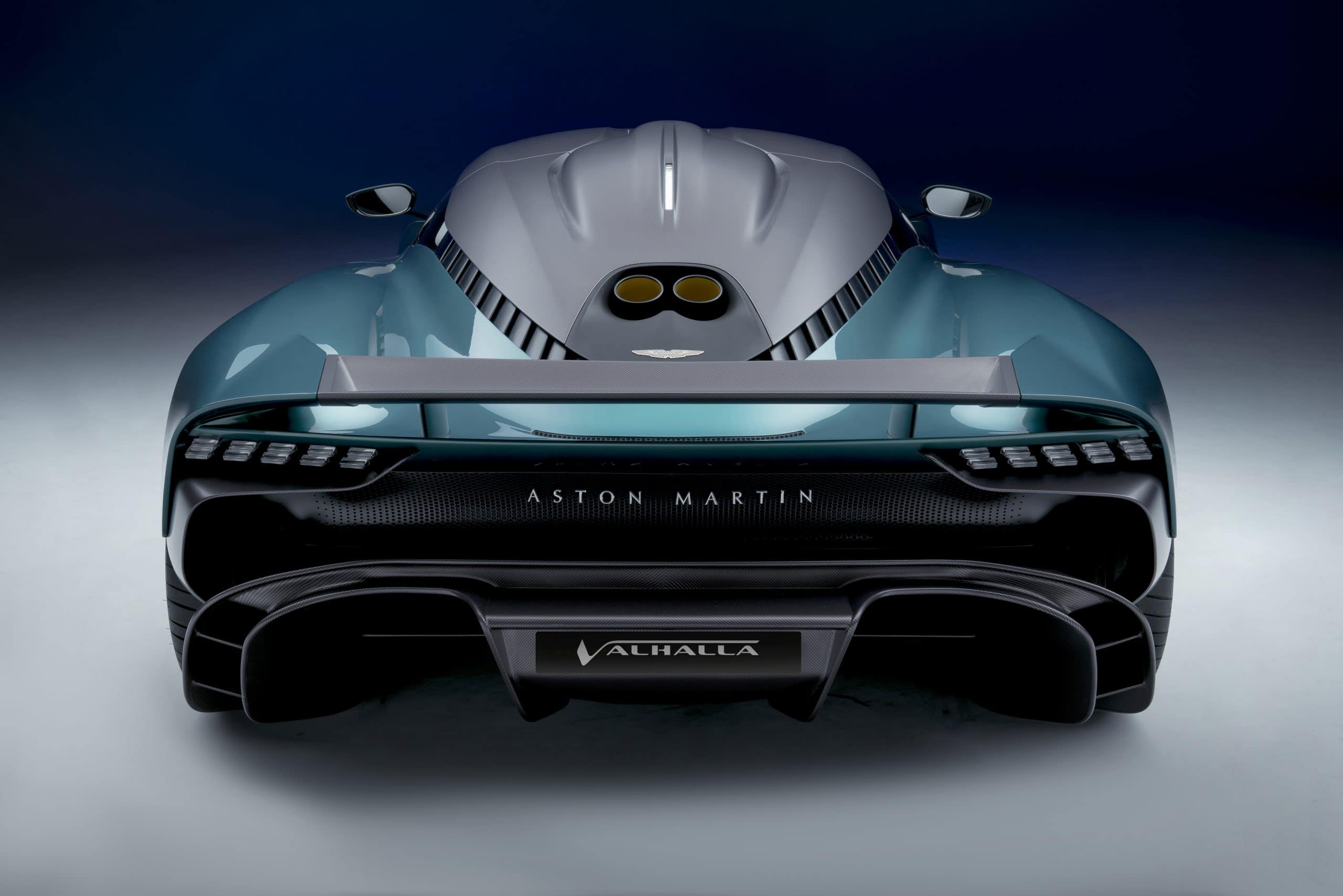
The braking system consists of a brake system that Aston Martin calls "Carbon Ceramic Matrix Brakes", with brake by wire technology, ensuring the correct distribution of braking force to all wheels, reducing the stopping or deceleration distance and ensuring greater stability.
Making the most of the wind
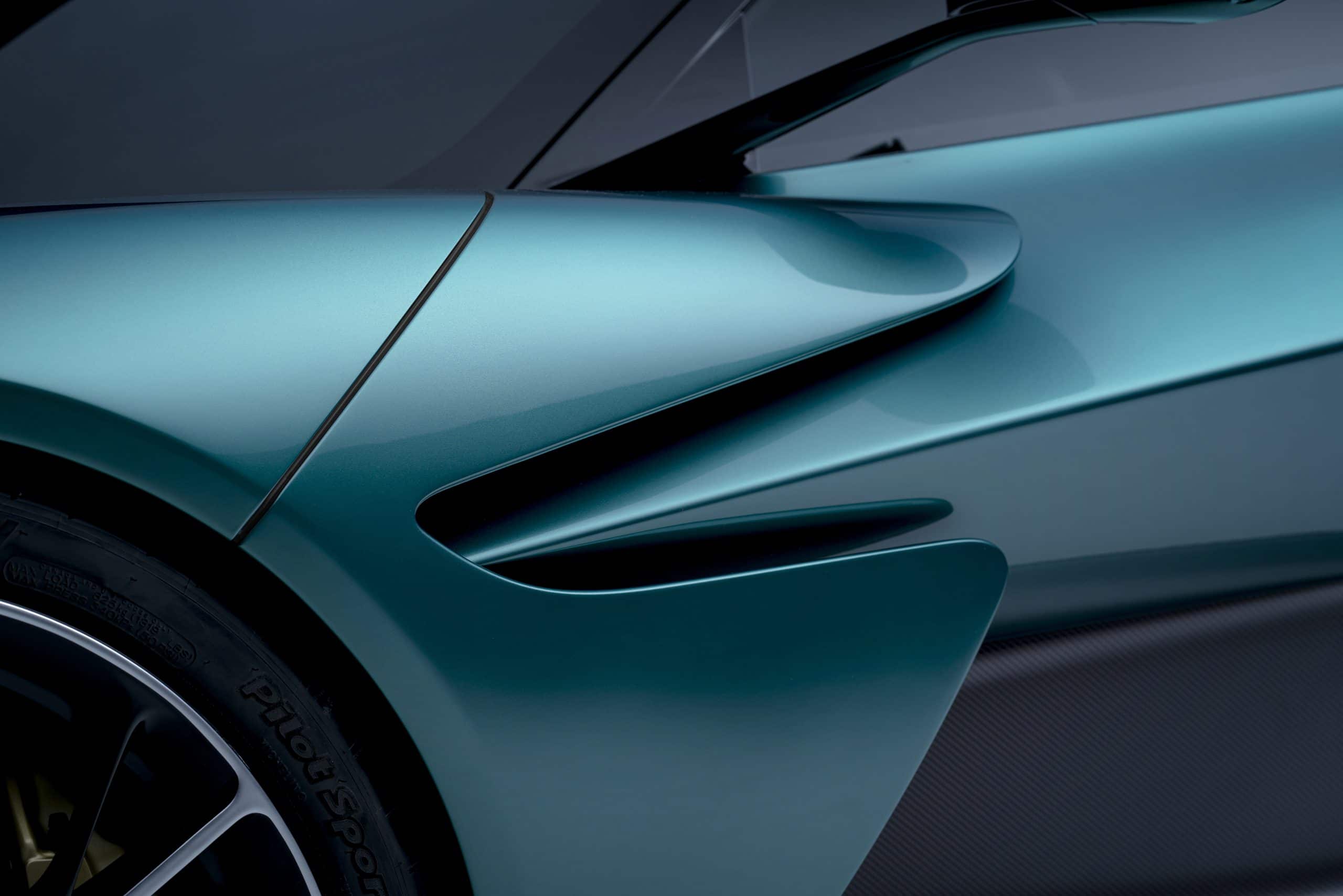
With Aston Martin aiming for a dry weight of under 1550kg, the Valhalla is expected to be one of the lightest and highest horsepower/tonne supercars we've seen to date. However, aerodynamics plays a key role in any supercar. Aston Martin achieves a vertical aerodynamic load of 600 kg (at 250 km/h) with both active and static aerodynamic parts. The active aerodynamic parts part involves its front air intakes and rear spoiler. In the static part, the Valkyrie-derived side aerodynamic components, based on the Venturi Effect of physics.
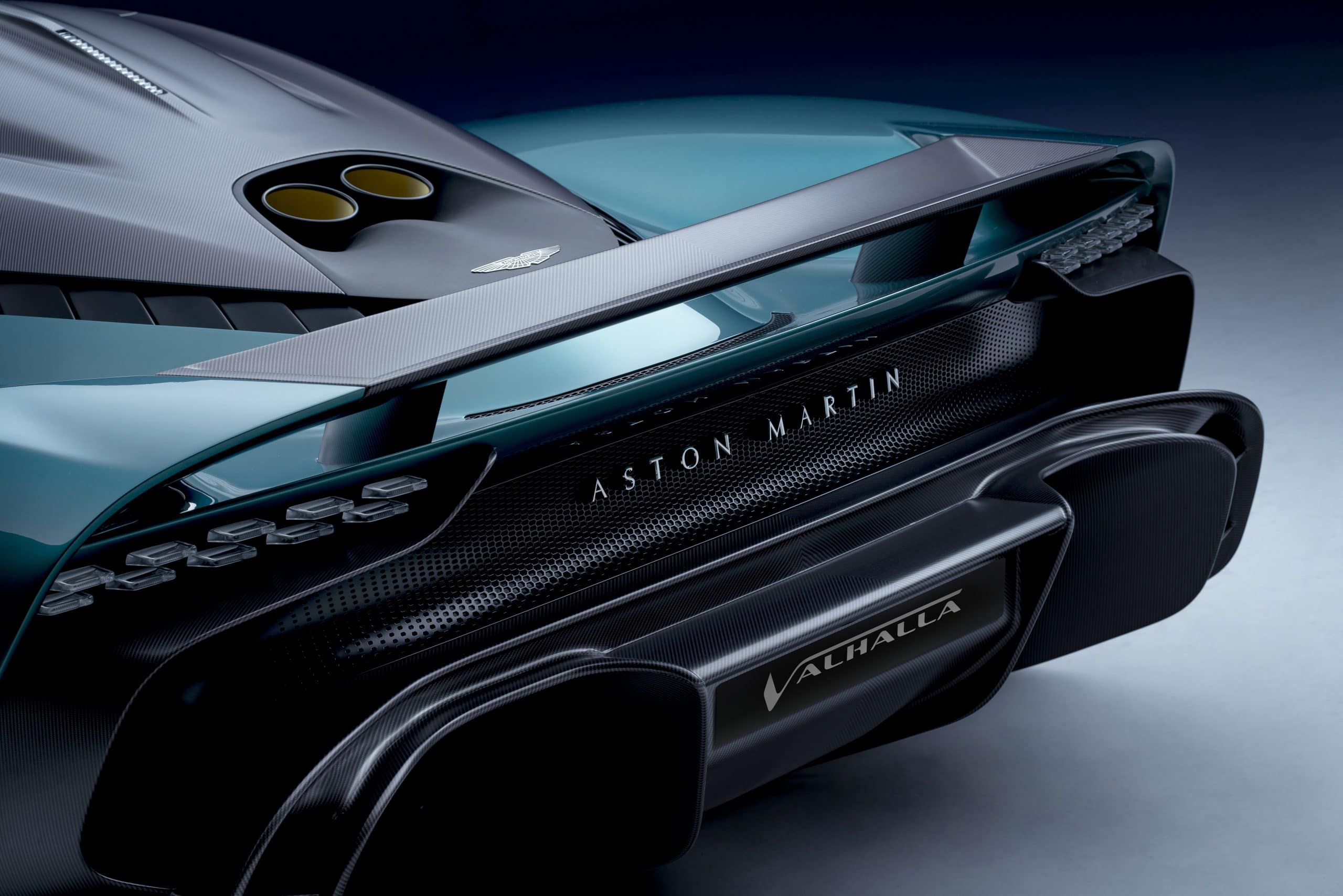
In addition, the Valhalla design itself, which bears elements that immediately show Aston Martin's DNA and its sporty character, as it evokes an LMP1 racing car design, ensures both smooth airflow and the production of vertical aerodynamic load and the cooling and supply of clean, cold air as far as the engine is concerned.
Luxury & Modern Technologies
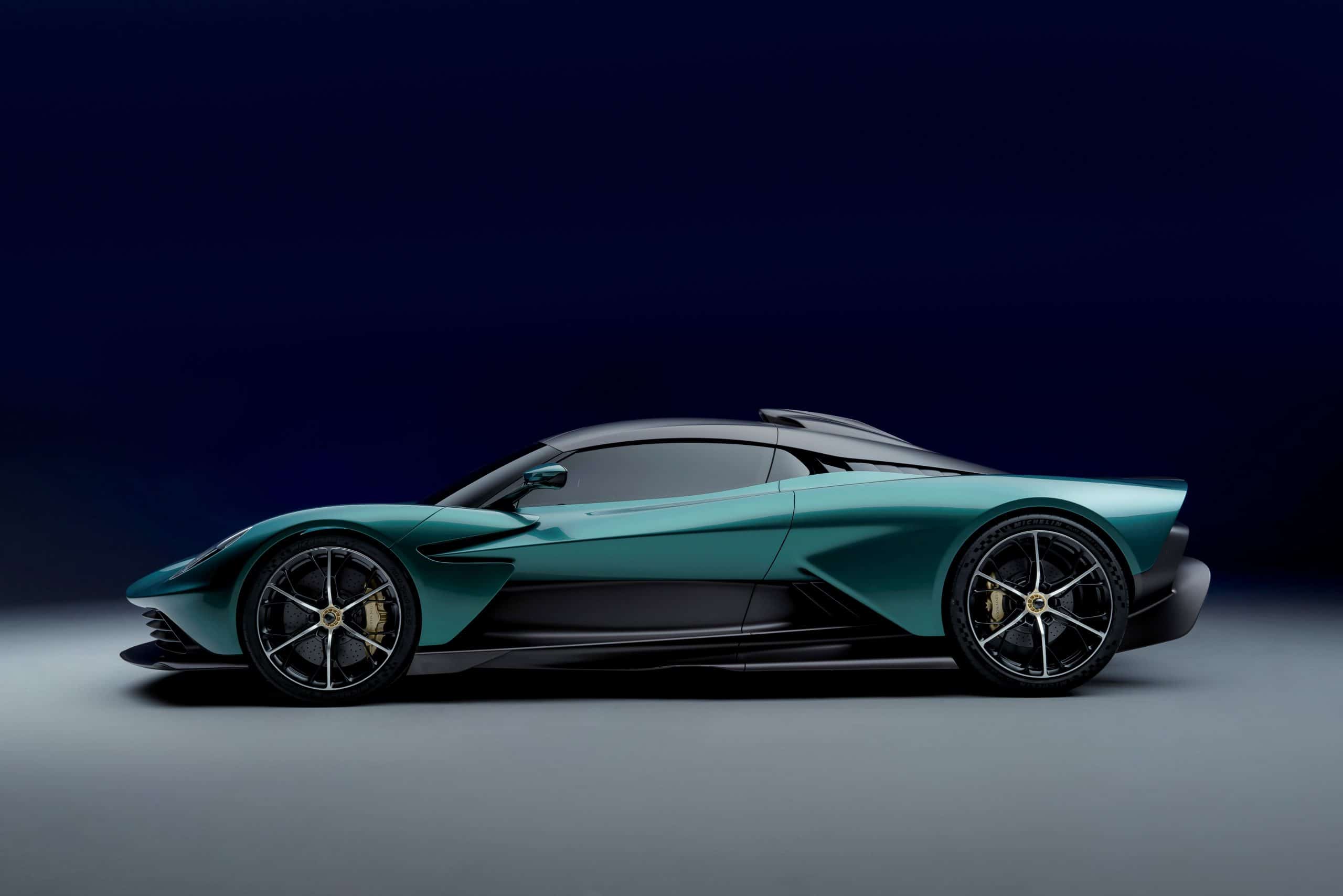
The Valhalla, being an Aston Martin, couldn't help but have some elements of luxury inside. In the case of the Valhalla, however, the British were quite careful not to add unnecessary extra weight. That's why they turned to Formula 1 again. The Valhalla's seats are bolted to the carbon tub with the pedals being the ones that move (as in the LaFerrari), and they didn't discount technology. Continuing the Formula 1 theme, the passengers' feet will be positioned like in a real car, with the heels slightly higher than the hips. As they said from the start, a road racer.
On the ergonomics and safety front, the Valhalla comes equipped with Apple CarPlay and Android Auto, dual-zone climate control, active cruise control, blind spot detection, automatic braking (more commonly known as automatic city brake), a 360-degree camera and LED Matrix lights, making the Valhalla a hybrid between a racing and grand tourer Aston Martin.
All in all
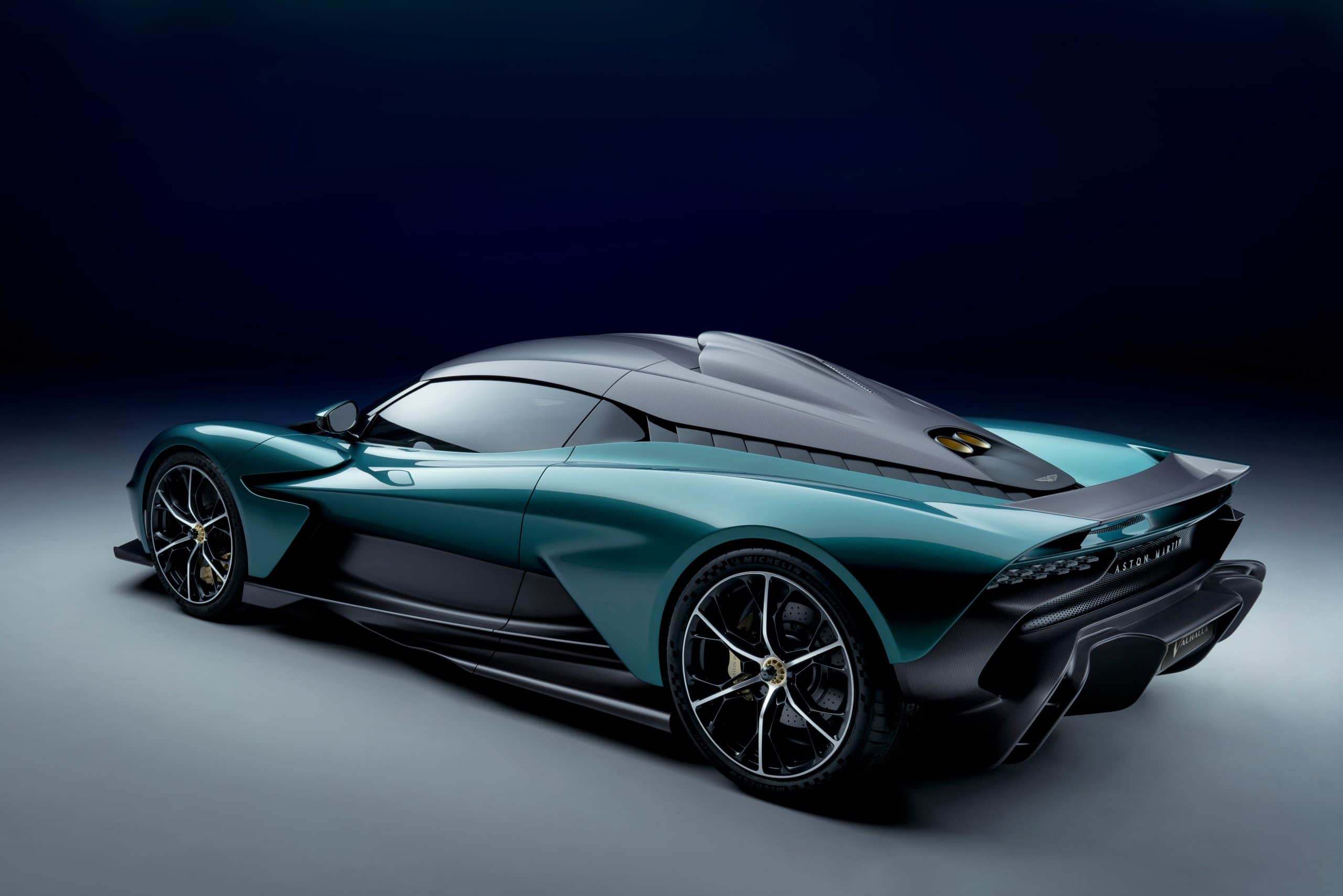
Aston Martin is coming with the Valhalla to claim a share of buyers in uncharted waters. However, its partnership with Mercedes-AMG and its involvement in Formula 1 provides it with the feedback, technology and expertise needed to take on its main rival, Ferrari's SF90. The Valhalla has a different approach, being more race car-like and performance-focused, while the SF90 maintains a greater balance between hypercar and GT. We expect to see it in its final form in the future, as well as to see what the British have in store for the interior. One thing is for sure, it will be an impressive supercar. It remains to be seen if the promises of the Gaydon people will be reflected in the final form of the Valhalla.


